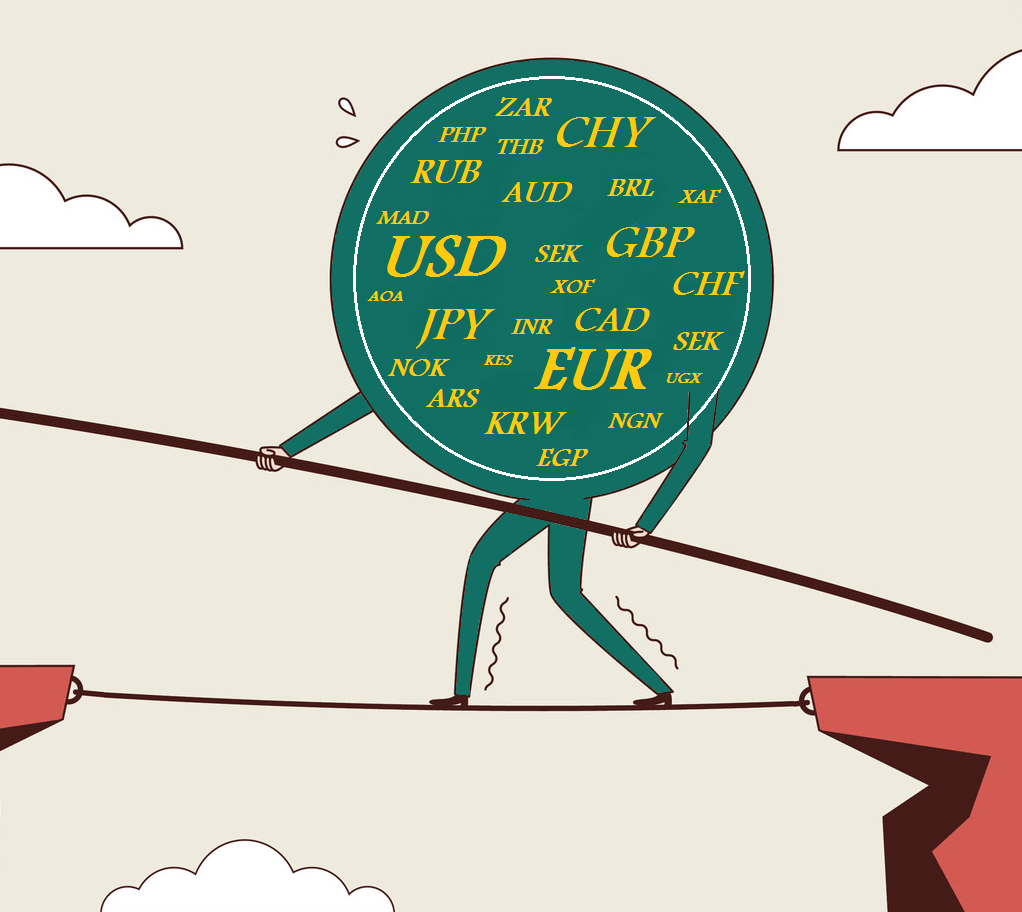The new CEPII database on effective exchange rates aims to contribute to key debates in international macroeconomics by providing publicly available indicators of equilibrium exchange rates. EQCHANGE contains data on nominal and real effective exchange rates, and equilibrium real effective exchange rates and corresponding currency misalignments for advanced, emerging and developing countries. A CEPII Working Paper describes the construction of the two datasets and illustrates some possible uses by presenting results concerning the evolution and main characteristics of currency misalignments in the world from 2015 to 2016. >>> |
- Trade and Macro-Economic Issues for International Co-Ordination in Tense Times
Anne-Laure Delatte, Sébastien Jean
- Latin America : Investing in infrastructure is key to achieve long term sustained growth
Camilo Umana Dajud
- International statistical comparisons: France-Germany figurations
Stéphane Tagnani, Deniz Ünal
- Trilemma, Dilemma and Global Players
Samuel Ligonnière - EQCHANGE: A World Database on Actual and Equilibrium Effective Exchange Rates
Cécile Couharde, Anne-Laure Delatte, Carl Grekou, Valérie Mignon & Florian Morvillier - The Impact of Immigration on Wage Dynamics: Evidence from the Algerian Independence War
Anthony Edo - Minimum Wages and the Labor Market Effects of Immigration
Anthony Edo, Hillel Rapoport - Agricultural Trade Liberalization in the 21st Century: Has it Done the Business?
Jean-Christophe Bureau, Houssein Guimbard, Sébastien Jean - Spatial Differencing: Estimation and Inference
Federico Belotti, Edoardo Di Porto, Gianluca Santoni - Banks' leverage Procyclicality: Does Currency Diversification Matter?
Justine Pedrono, Aurélien Violon - On the seemingly incompleteness of exchange rate pass-through to import prices: Do globalization and/or regional trade matter?
Antonia Lopez-Villavicencio, Valérie Mignon
- European Economic Review
Immigration and Firms' Productivity: evidence from France
Cristina Mitaritonna, Gianluca Orefice, Giovanni Peri - International Journal of Social, Behavioral,Educational, Economic Business and Industrial Engeneering
Scale, Technique and Composition Effects of CO2 Emissions under Trade Liberalization of EGS: A CGE Evaluation for Argentina
Maria Priscila Ramos, Omar O. Chisari, Juan Pablo Vila Martinez - International Economics
N° 151 - Q3 2017
Selva Demiralp on "The Turkish economy: a macro-financial viewpoint"
September 4, 2017
Presentation of the Policy Brief "Trump and the dollar in the reflection of history"
September 18, 2017
XV ELSNIT Annual Conference : Adjustment to Deeper Economic Integration
October 20 - 21, 2017
Immigration in OECD Countries - 7th Annual International Conference
December 11 - 12, 2017
Tense times for multilateral coordination In a recent CEPII Policy Paper Anne-Laure Delatte & Sébastien Jean argue that international co-ordination should be adapted to the tense present context. This requires focusing on preventing the doom loop of protectionism and retaliation and on dealing China’s status in international trade. It also means dealing with the rising temptation of fiscal competition, building upon the progress already made in fiscal cooperation. In addition, better co-ordinated macroeconomic policies would be especially helpful. >>> |
This is the potential fall in world agricultural trade that might result from a “trade war” with output falling by 10% or more in some regions. Based on a novel, detailed, time-consistent tariff database to take stock of developments regarding import protection in the agricultural sector since 2001, a recent Working Paper by Jean-Christophe Bureau, Houssein Guimbard & Sébastien Jean proposes & a statistical decomposition of the changes in the various types of tariffs: tariffs applied in agricultural and food products have been cut by 40% between 2001 and 2013; Own-initiative liberalization was the dominant driver of agricultural tariff cuts between 2001 and 2007, while RTAs played a larger role afterwards. >>> |
- Contact us
- Our other sites
 |
ISSN: 1255-7072
Editorial Director : Antoine BouëtManaging Editor : Dominique Pianelli















